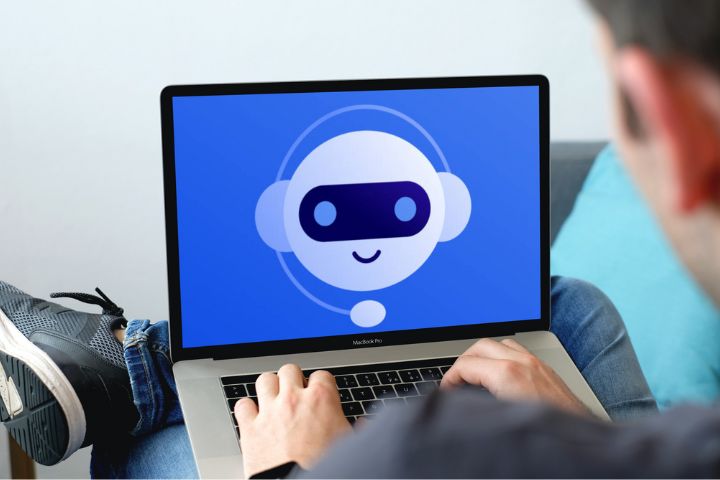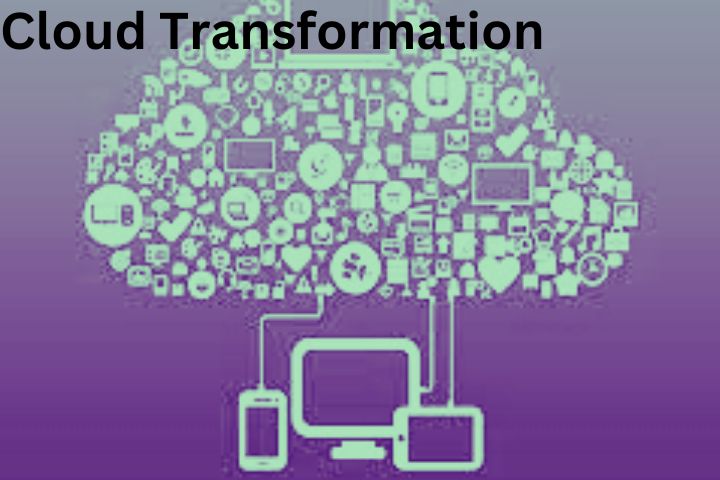
Chatbot AI is artificial intelligence (AI) software designed to learn from the flow of human conversations. They are standalone programs that interact with users as if they were an actual human, and their main goal is to perform tasks without human supervision.
Essential functions of a chatbot are aimed at the following specifications:
- The time in which a problem can be solved.
- The chatbot’s learning capacity about each conversation.
- The low maintenance costs.
- The capacity to exist within broader applications.
- The little training they need.
- The possibility of introducing a self-service.
It’s a technology that’s been gaining popularity in customer service for companies in recent years.
According to a prediction by Gartner, by the end of 2020, a good 85% of interactions with a company’s customers will be conducted via chatbots (bots).
How do chatbots work?
A chatbot AI is a continuously updated program that “learns” from every conversation it has with a customer. The chatbot processes the incoming data to learn more about customer behavior and preferences and anticipate customer needs.
Regarding using these systems, 61% of agents say that an intelligent bot saves the support team time by answering questions without involving a human agent.
A chatbot’s functions strive to process speech the way a human would. Not only do they focus on the meaning of the words, but they can also learn new definitions based on the context. For example, a chatbot may not know what the term “building” really means, but it can deduce its meaning from the rest of the words in the sentence and then guess the term correctly in the future.
Machine learning:So how does a chatbot AI learn?
Machine learning refers to how the chatbot’s features organize the new data it receives and allows it to generate new knowledge for future actions. It refers to the software’s ability to incrementally improve performance as more experiences are gained from conversations and the growing flow of customer information.
In addition to machine learning, there is also what is known as deep learning (multi-layered learning). Deep learning refers to artificial intelligence based on how a human brain works.
This type of artificial intelligence recognizes the language, the data and specific patterns. This information is then used as the basis for decision-making. In contrast to humans, however, a chatbot can process much more data faster to uncover patterns and irregularities.
Apps or chatbots?
Recently, companies have been offering their customers more and more apps. However, they lose their usefulness due to the cost of maintenance, updates, or the storage space they take up in customers’ devices.
In turn, the intelligent chatbot can be perfectly compatible with any of the most popular instant messaging apps, which allows us to significantly reduce the cost of offering our applications on the Google Play Store or Apple Store.
On the other hand, we also avoid the constant competition with the countless apps uploaded to these platforms daily, which means that customers may have to search for the famous needle in a haystack to find our application.
Benefits:
The intelligent chatbot AI (Bot) works most efficiently with tickets requiring less agent intervention but occurring frequently, allowing agents to focus on the incidents requiring human interaction.
According to a study by American Express, 40% of US customers prefer speaking to an actual customer service agent over the phone when the issue is very complex. By implementing a chatbot, customer service employees gain more time to deal with complex tasks and find a solution that is as timely as possible, even for these situations.









